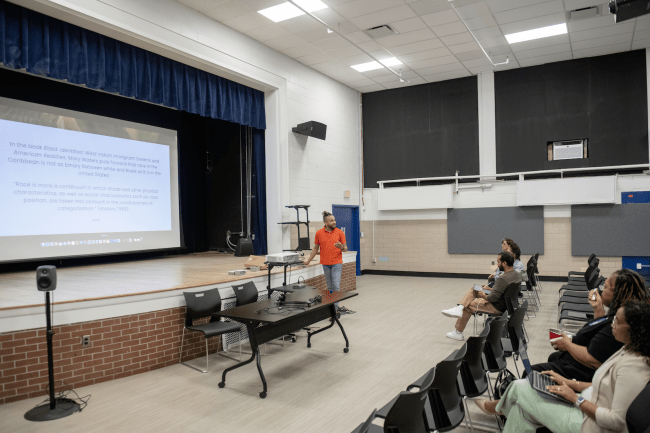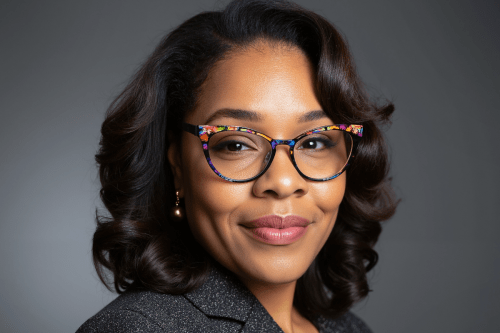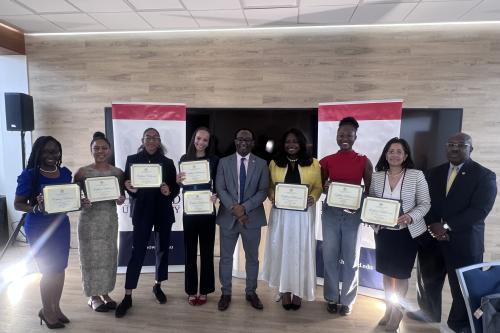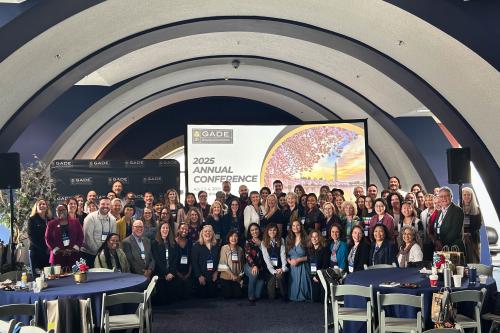As part of Howard University’s ongoing Research Month celebration, the Cathy Hughes School of Communications buzzed with conversation, collaboration, and cutting-edge discovery during its inaugural Research and Creative Works Day. The event spotlighted student and faculty projects across journalism, film, communications, and speech pathology, showcasing a shared commitment to inquiry, innovation, and storytelling that centers truth and justice. Topics spanned Black maternal health, voter apathy, digital activism, and identity politics. But what unified them all was a clear sense of purpose: to challenge systems, amplify marginalized voices, and reimagine what scholarship can look like
Dr. Yannick Rice Lamb, a journalist and medical sociologist, saw the event as an opportunity to reflect Howard’s uniquely layered academic culture.
“We have films, we have audio, we have journalism, we have speech and hearing... people doing traditional research... and some works in progress. So, we have a little bit of something for everyone.”
Lamb presented her upcoming book, “In My Backyard: How Pollution and Climate Change Are Making Black America Sick to Death,” which investigates the links between environmental racism and chronic illness. Drawing on her upbringing in industrial Akron, Ohio, Lamb centers the lived experiences of Black Americans bearing the brunt of pollution, systemic neglect, and corporate power.
Another standout project came from student Asia Alexander, whose work dissected the branding power of the MAGA movement, especially among Gen Z conservatives. “MAGA, to them, is cultural identity, but it's also a protest against Democrats,” she explained, after tracking conservative influencers on TikTok and engaging with members of Turning Point USA. Alexander began her research after seeing a “Make America Healthy Again” jacket styled like high fashion. She discovered that Trump’s official site was peddling not just hats, but a fully developed merch line that functioned like a lifestyle brand. “In the next election cycle, we’re going to see it bigger and better,” she predicted, “because Kamala Harris, Donald Trump, Hillary Clinton, Obama, they’ve made political merch competitive.”
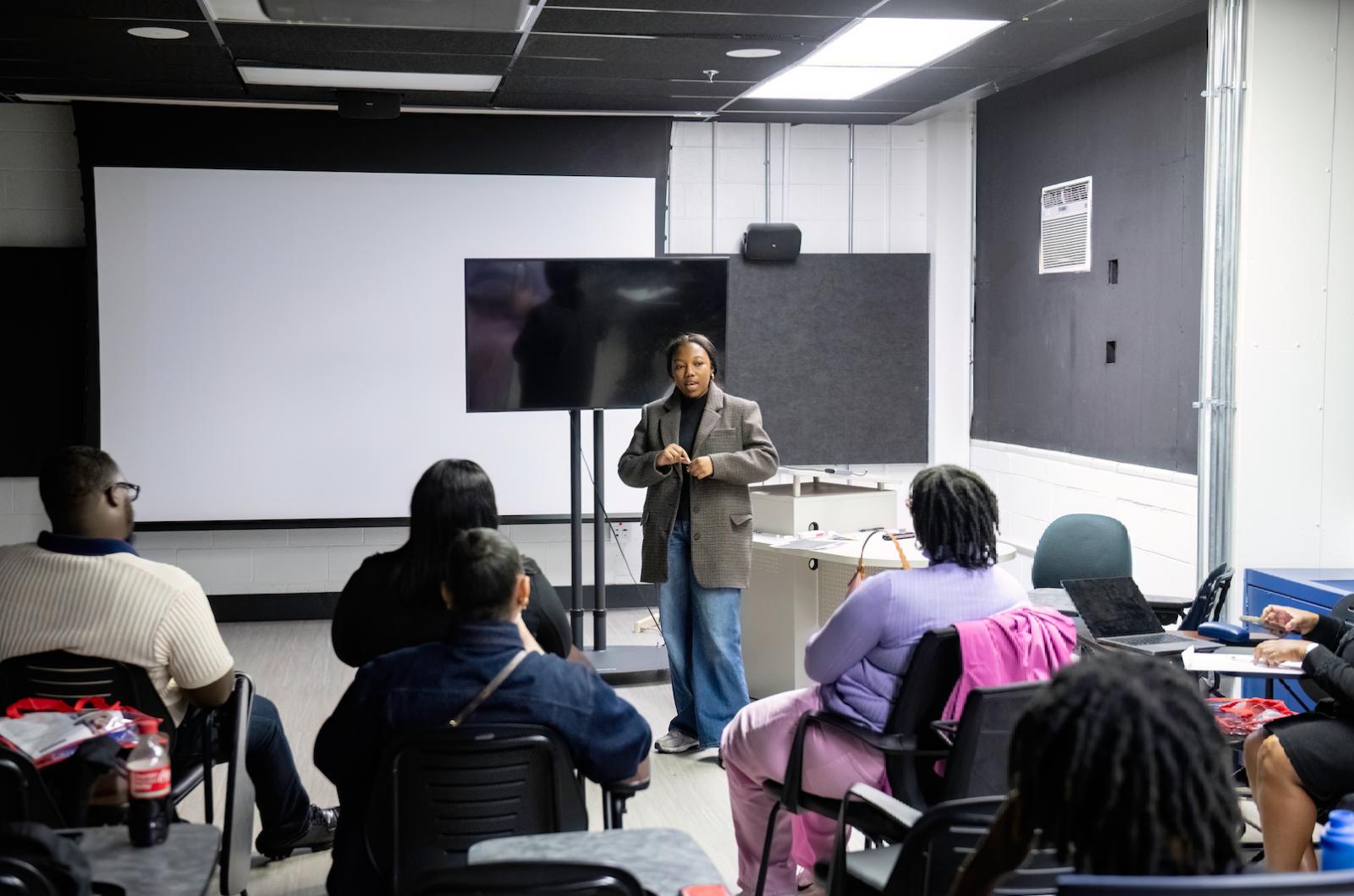
Her social media experiment also exposed how these digital spaces have become echo chambers of hate: “A lot of racist stuff came back: anti-Black, anti-women, anti-immigration. They’re associating this brand with kind of a gang mentality.”
Also featured was When You Hit Me, a gripping 3D medical animation app that walks users through the trauma a child’s body endures during toxic stress created by Dr. Stacey Patton. Designed for parents, educators, and medical professionals, the app uses immersive visuals and sound to show how physical violence floods a child’s body with stress hormones, rewires brain development, weakens immunity, and stunts emotional growth.
Rather than shame or blame, the app offers a science-based, culturally responsive tool to foster empathy and promote nonviolent parenting. It translates decades of trauma research into an emotionally resonant journey — one that helps users see and hear what a child cannot say. Whether it was through a medical animation, a journalistic investigation, or a digital media analysis, every project at Research and Creative Works Day reflected a distinctly Howard approach: rigorous, imaginative, and rooted in justice.
As Lamb put it, “One of the things that’s really great about Howard is we have so many talented students… and it’s just wonderful to see those seeds planted, and to see them sprout.”
The day marked not just the beginning of a new academic tradition, but a powerful reminder of what happens when scholarship and social consciousness collide: You get research that speaks, moves, and demands change.


